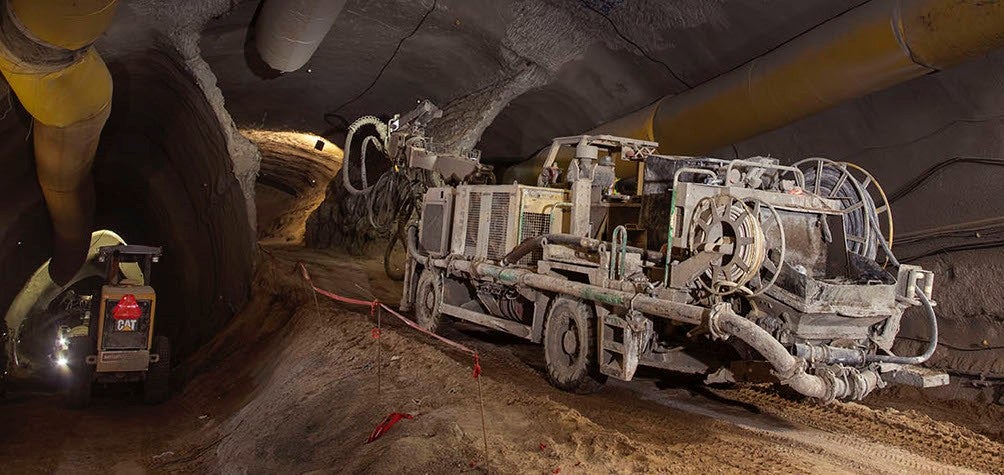
The market for batteries is rapidly growing, and the increased demand for portable electronic devices, including mobile phones and laptops requires greater advances in battery technology in order to provide a lightweight, long-lasting and stable power source. Battery technology is also being pushed further in electric vehicle applications, which require even more lightweight, higher power and fast charging batteries.
An important aspect in the design of the battery are the physical properties of the electrode material including particle size and particle shape, but also the properties of the electrode slurry, in particular the rheology, which is critical for the electrode fabrication process.
In this virtual seminar experts from Netzsch and Malvern will discuss how to optimally manufacture and characterize battery slurries and their active particle components to give the requisite end use battery properties and performance.
How to characterize and optimize electrode particle properties
An important aspect in the design of the battery is the particle size, particle size distribution and particle shape of the materials used within the electrodes. Small particle size electrodes increase the rate of electrochemical reactions due to their larger surface area, which is favorable in terms of power production. Energy storage capacity and electrolyte mobility on the other hand is related to porosity, which is influenced by particle size and particle shape distribution, with larger particle sizes generally favored. To meet the conflicting requirements for both power and storage capacity, it is necessary to optimize both particle size distribution and shape. Analytical methods such as image analysis and laser diffraction enable detailed characterization of battery component materials in terms of their particle size and shape. This presentation will outline how such information can be applied to reveal fundamental links between these parameters and final battery performance.
Measuring and controlling the rheological properties of battery slurries
The primary route for electrode manufacture is to apply a slurry or dispersion of electrode material onto a metal foil. The slurry is composed of electrode particles (anode or cathode) and binder material (solvent and polymer). The rheology of the slurry is important for determining the stability of the slurry, how easily it can be applied, and the resulting film properties including thickness and density which influence ion transfer rate and recharge cycle time of the battery. This presentation will discuss the factors affecting the rheological properties of dispersions such as battery slurries. These factors include critical processing parameters such as shear rate and temperature, and compositional factors such as particle size, shape and size distribution, which have a profound influence on the viscosity, viscoelastic and thixotropic properties. With the help of case studies we will show how rheological tests can be used to optimize the production of battery slurries and subsequence electrode fabrication.
Battery manufacture
We need batteries for mobile phones, tablets, computers, tools, toys, medical devices, cars, bicycles and many more. To increase the power, the capacity, the life cycle and to reduce the charging time, the weight and the size of batteries we have to improve the chemical composition, the particle size distribution and the homogeneity of battery slurries. NETZSCH Grinding & Dispersing is the world leading group of companies manufacturing equipment and machines for mixing, classification, dispersing, dry and wet grinding and others.
Part 1: Mixing technologies for the production of battery slurries
The first presentation will give a survey of equipment for mixing, dispersing and homogenization of binders, additives and active materials for production of high viscose battery slurries. Finally the performance of three batteries produced with different production process will be compared.
Part 2: Dry and wet grinding of active battery materials
The second presentation gives an overview about dry and wet grinding technologies. Three different examples for grinding of active battery material will be discussed.
Details
- Measurement type: Particle shape, Particle size, Rheology and viscosity
- Date: Europe / US – 16 November 2016, Asia / Pacific – 17 November 2016
- Time: Europe / US -14:30 – 16:40 (GMT), Asia / Pacific – 06:00 – 08:10 (GMT)
- Event type: Webinar – Live
- Language: English










